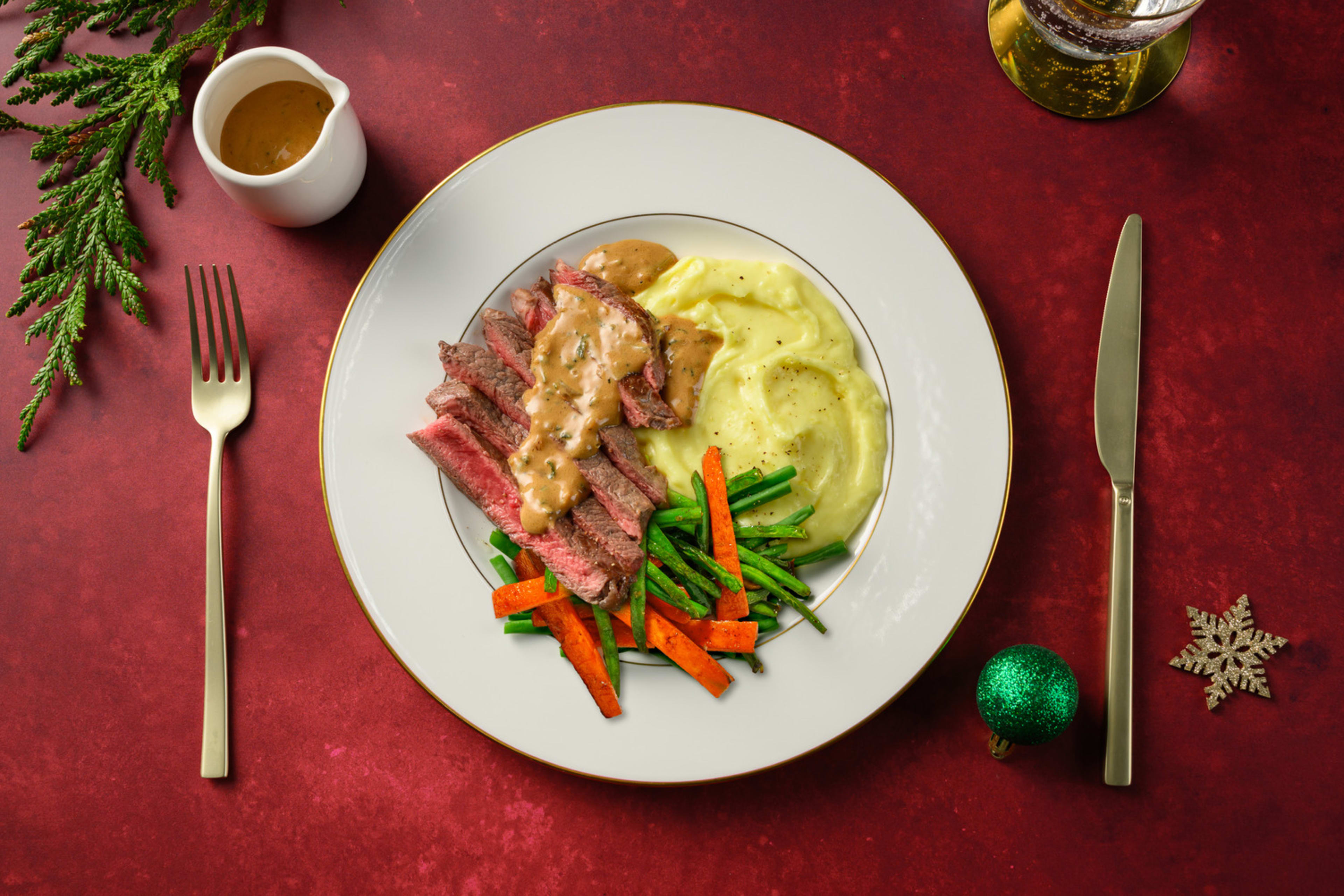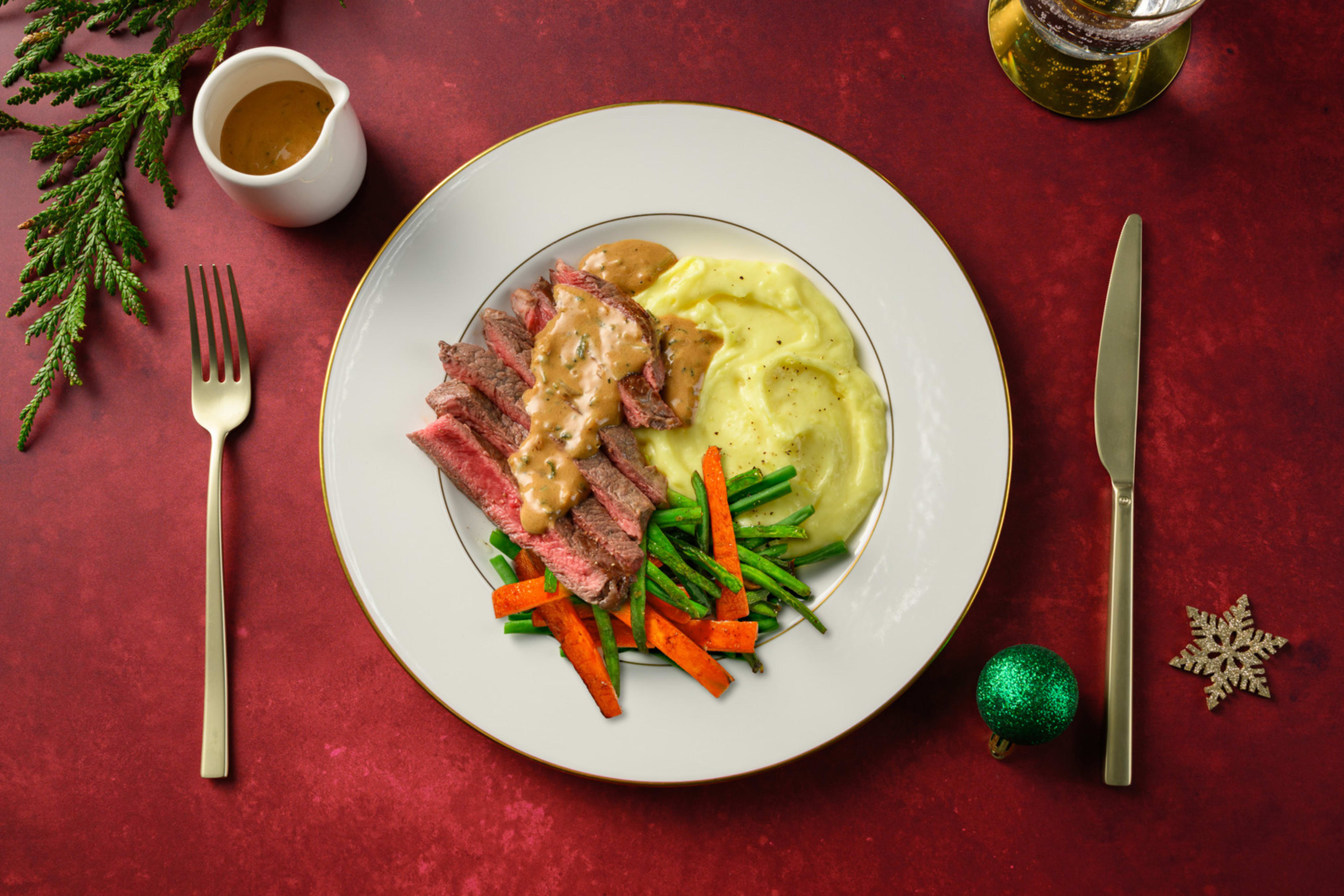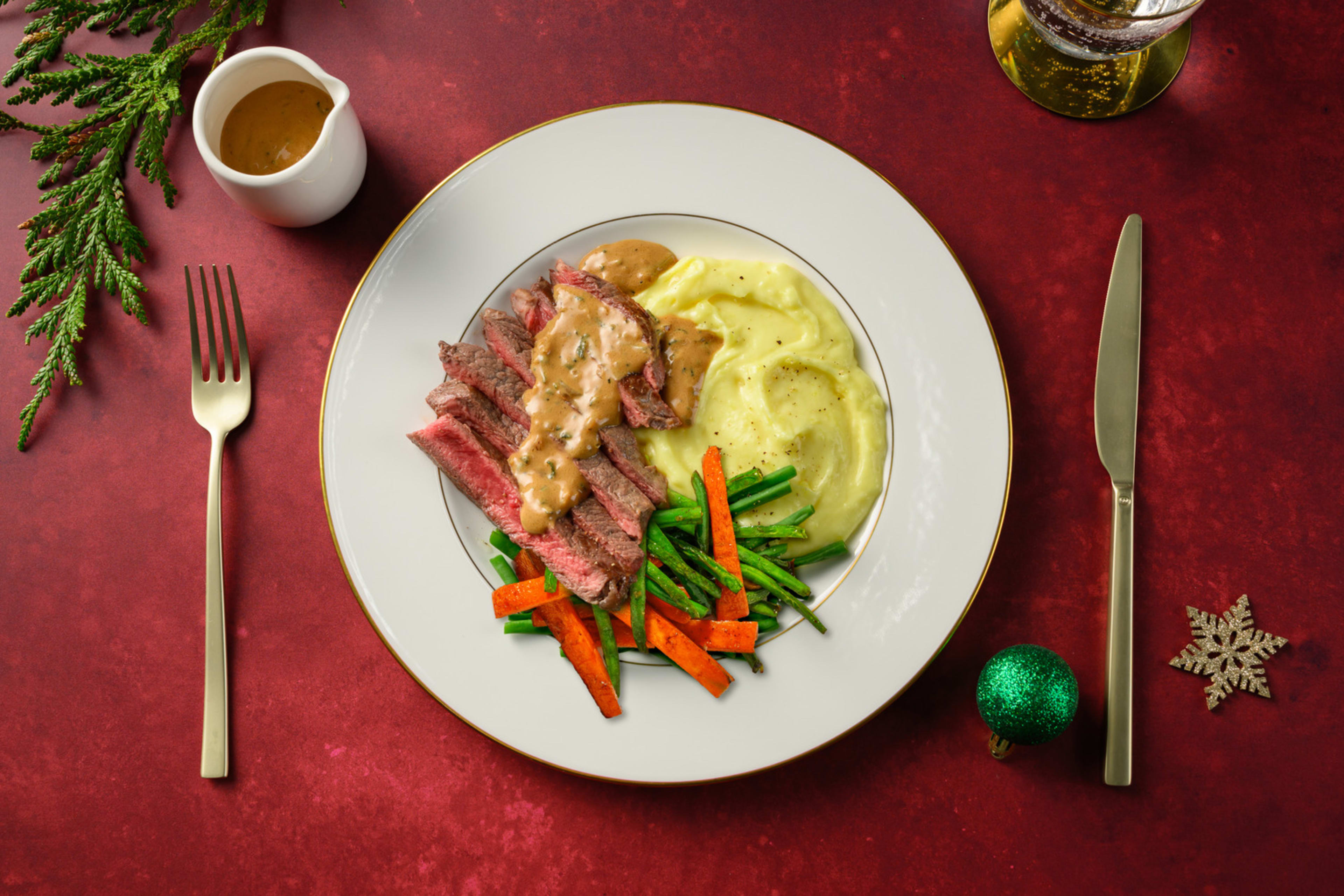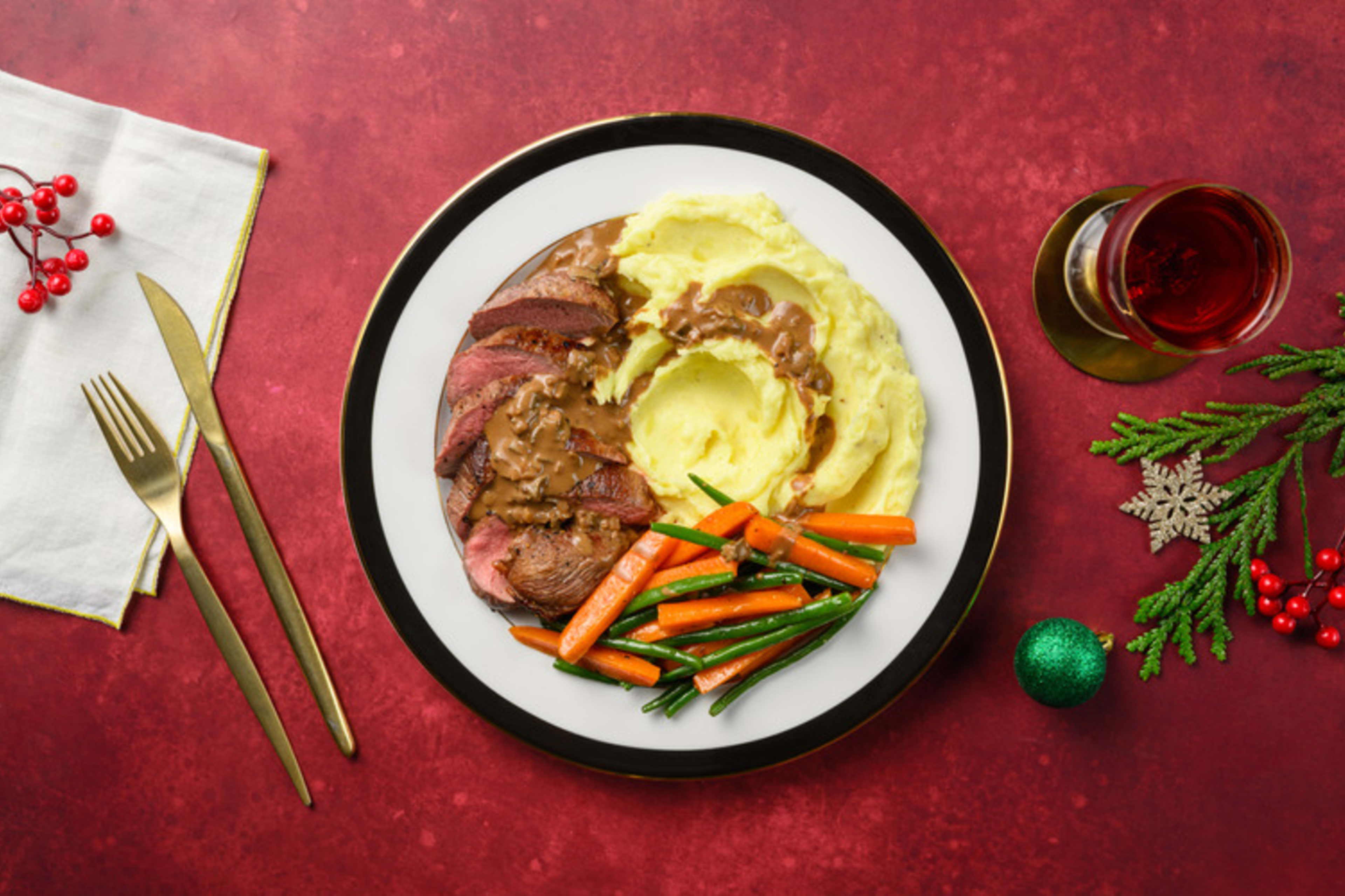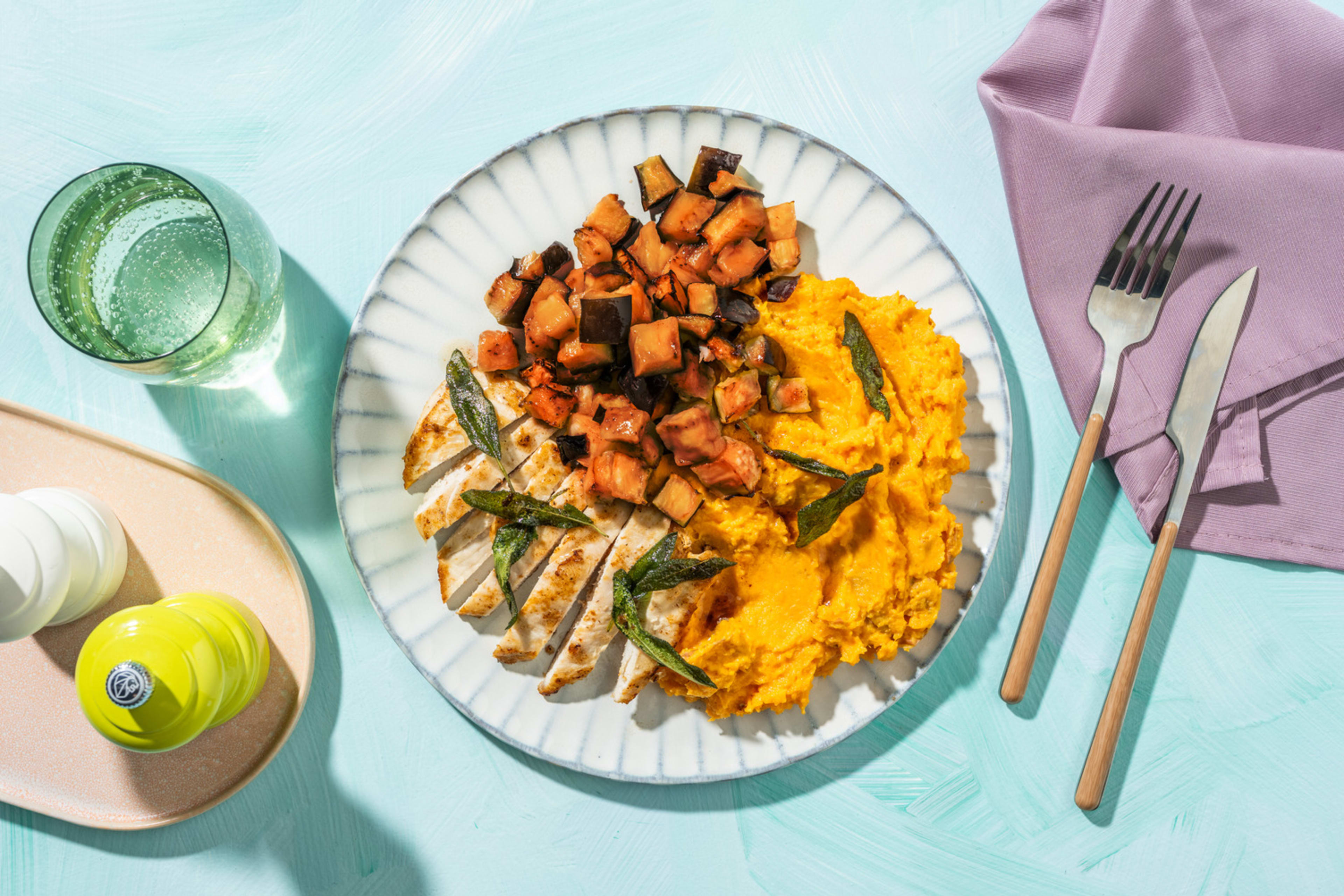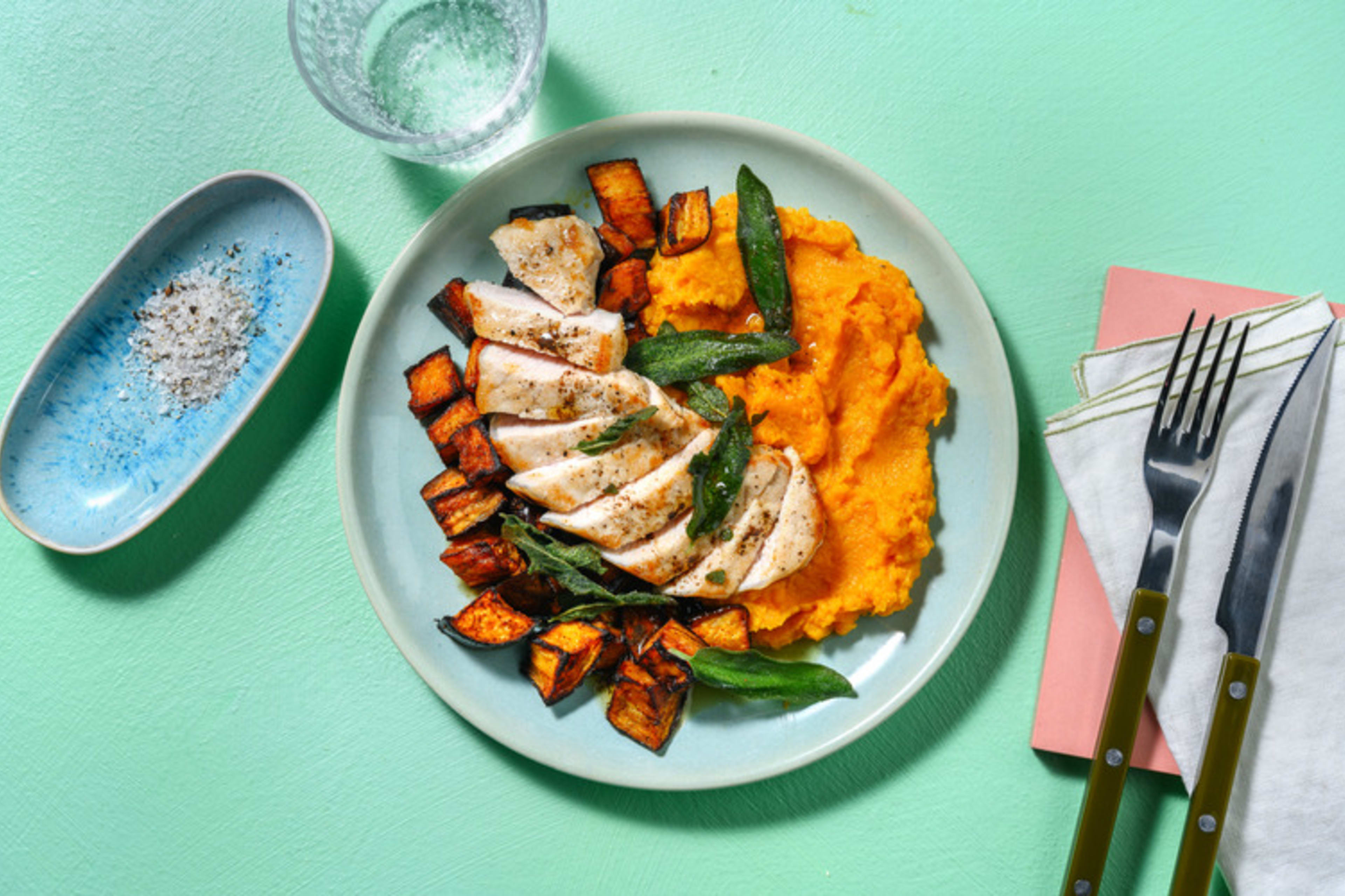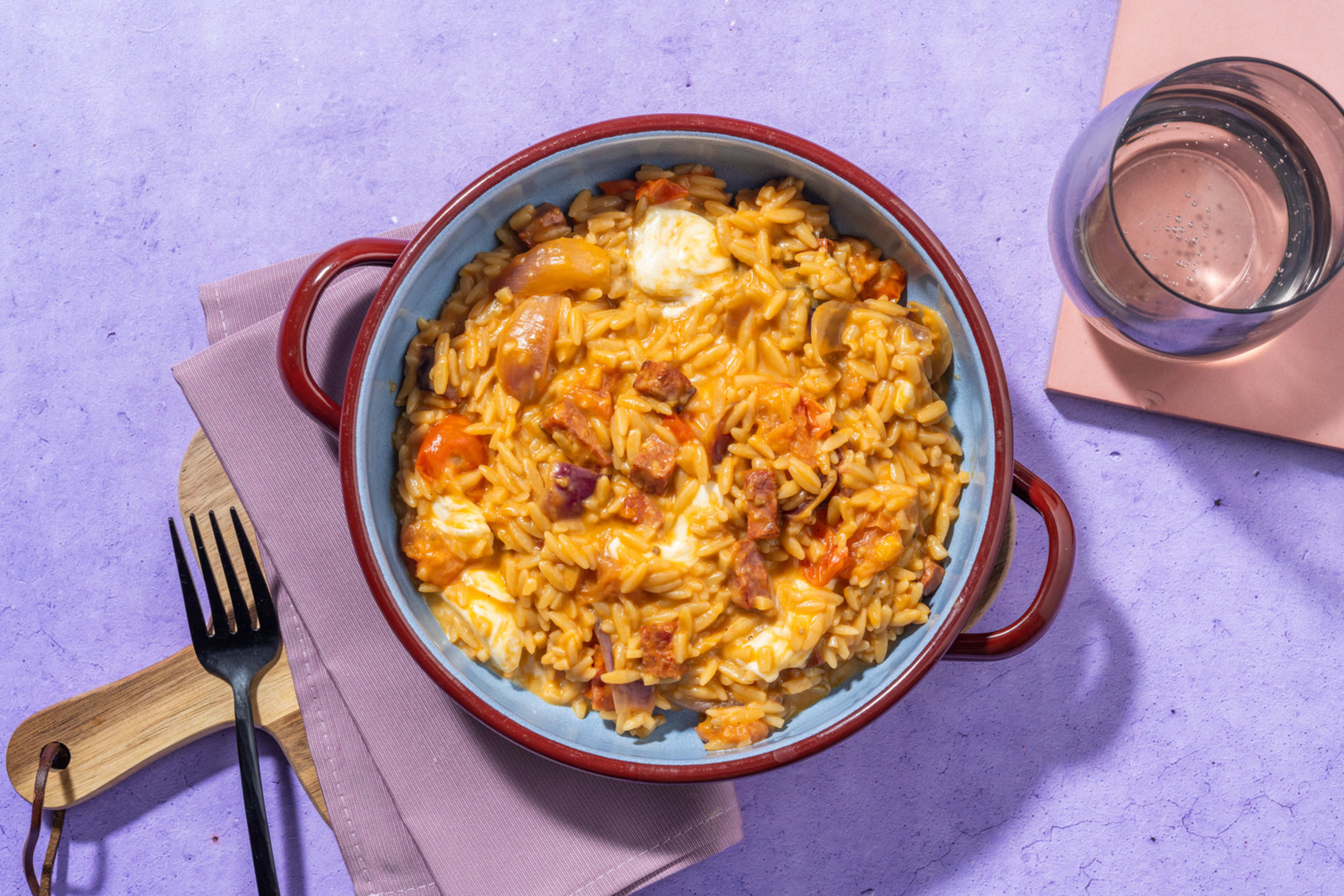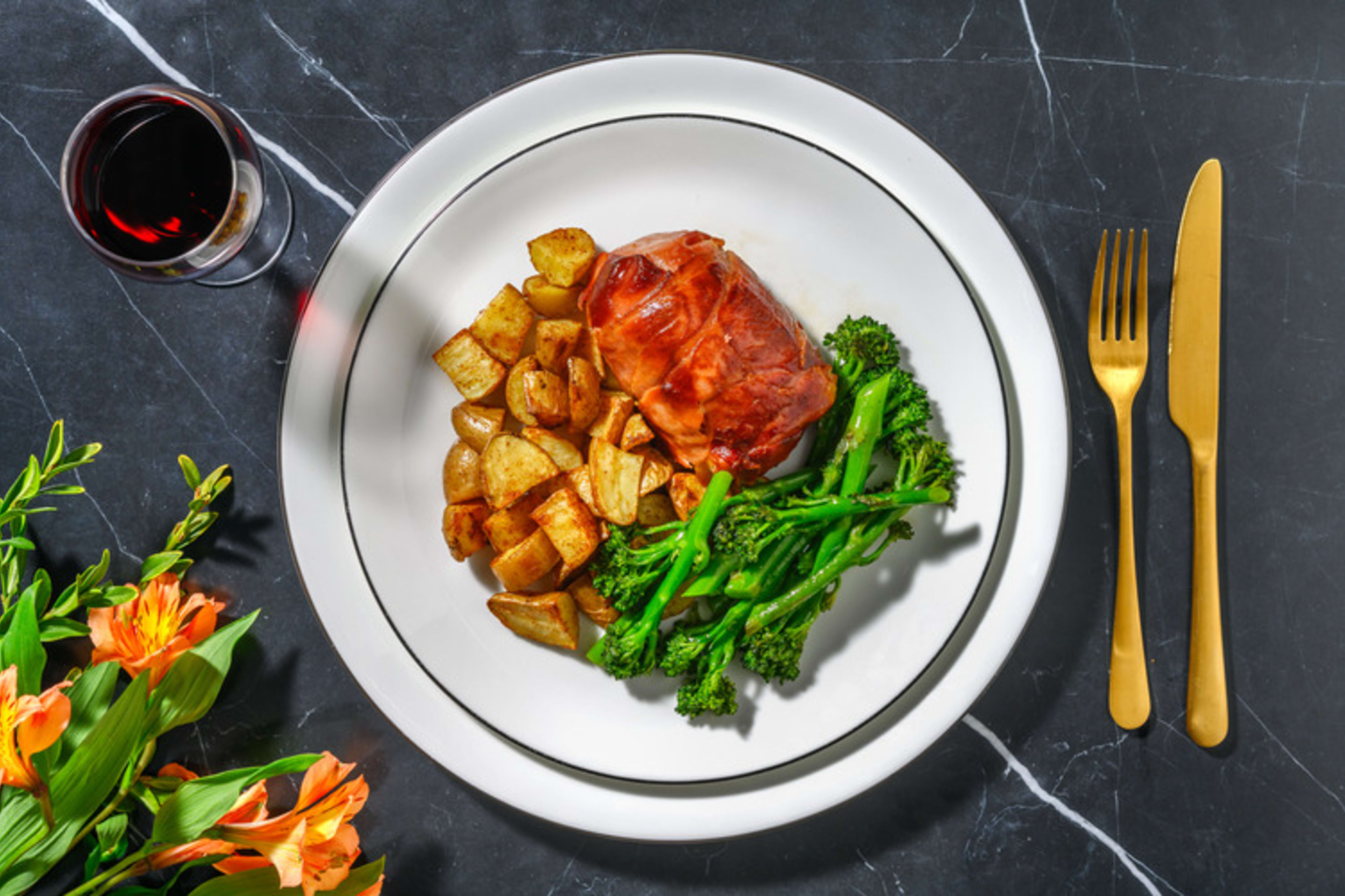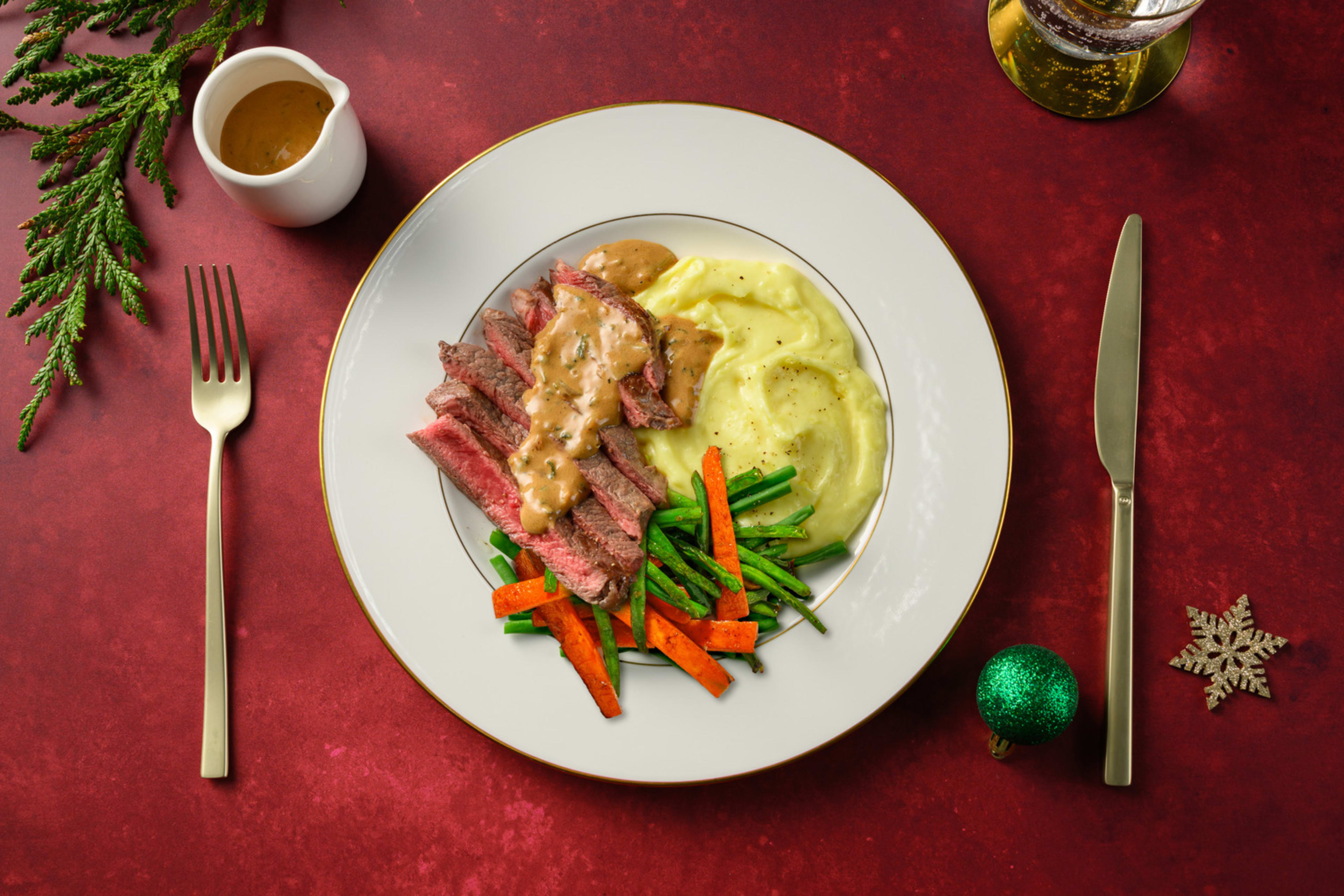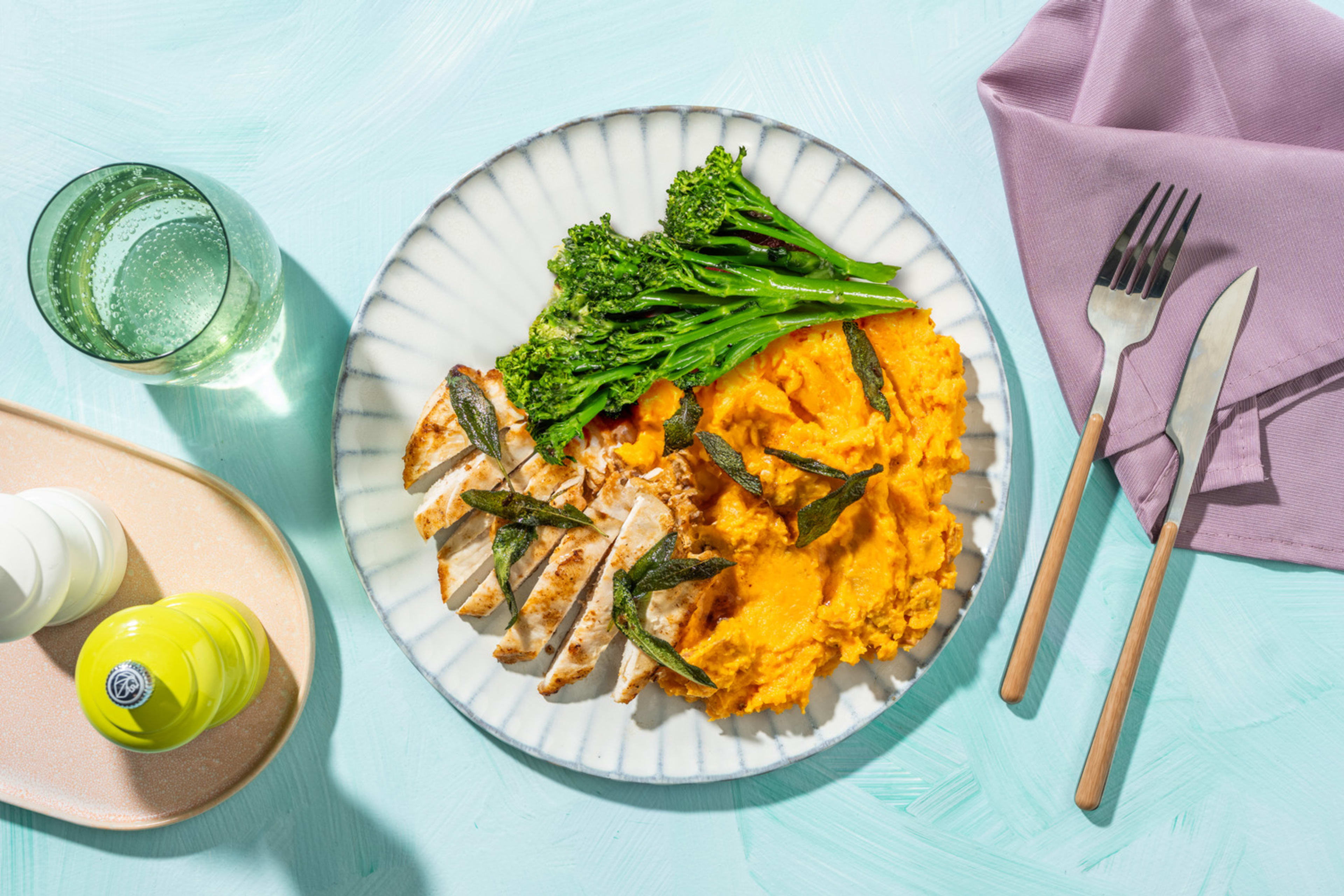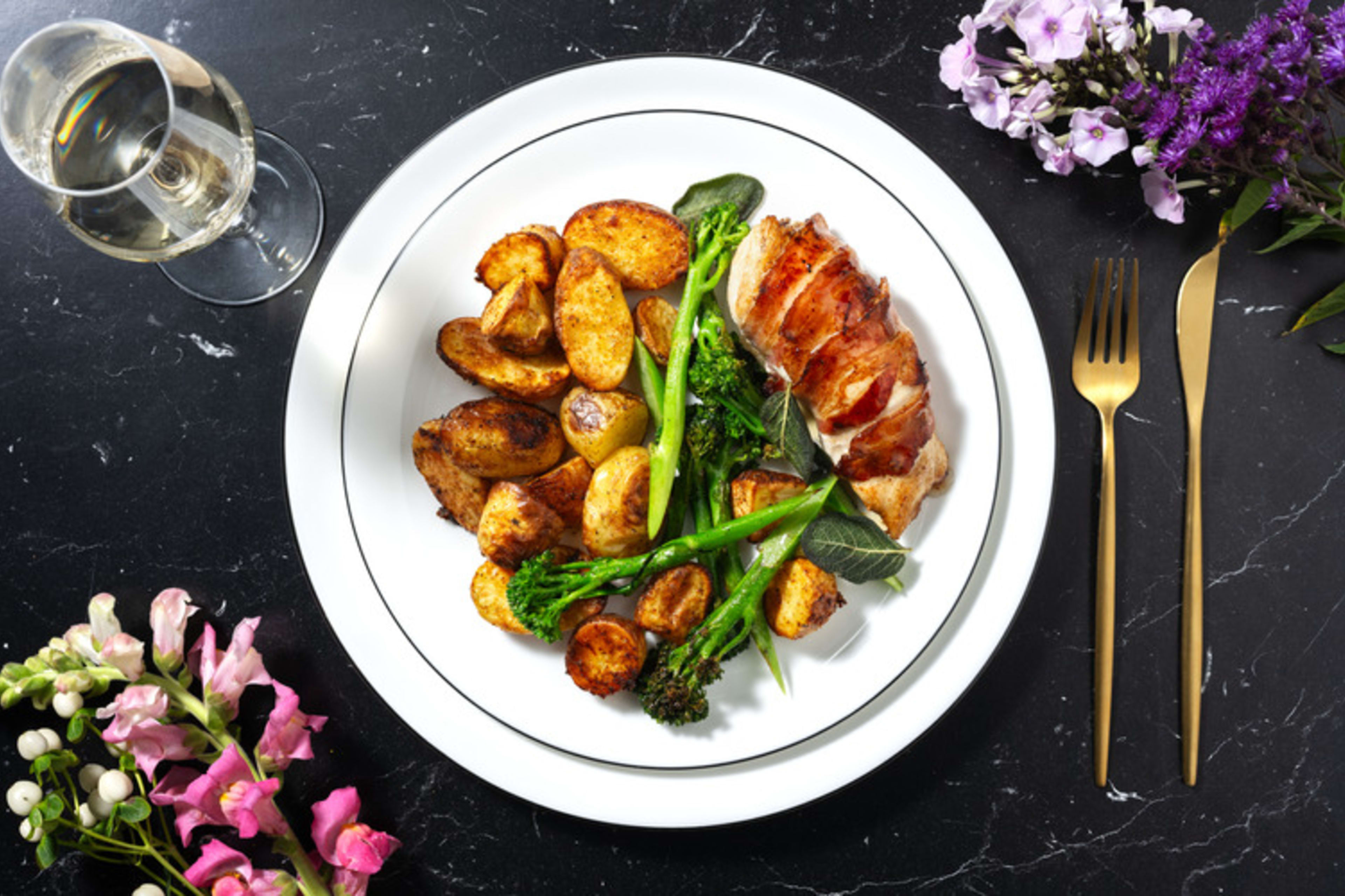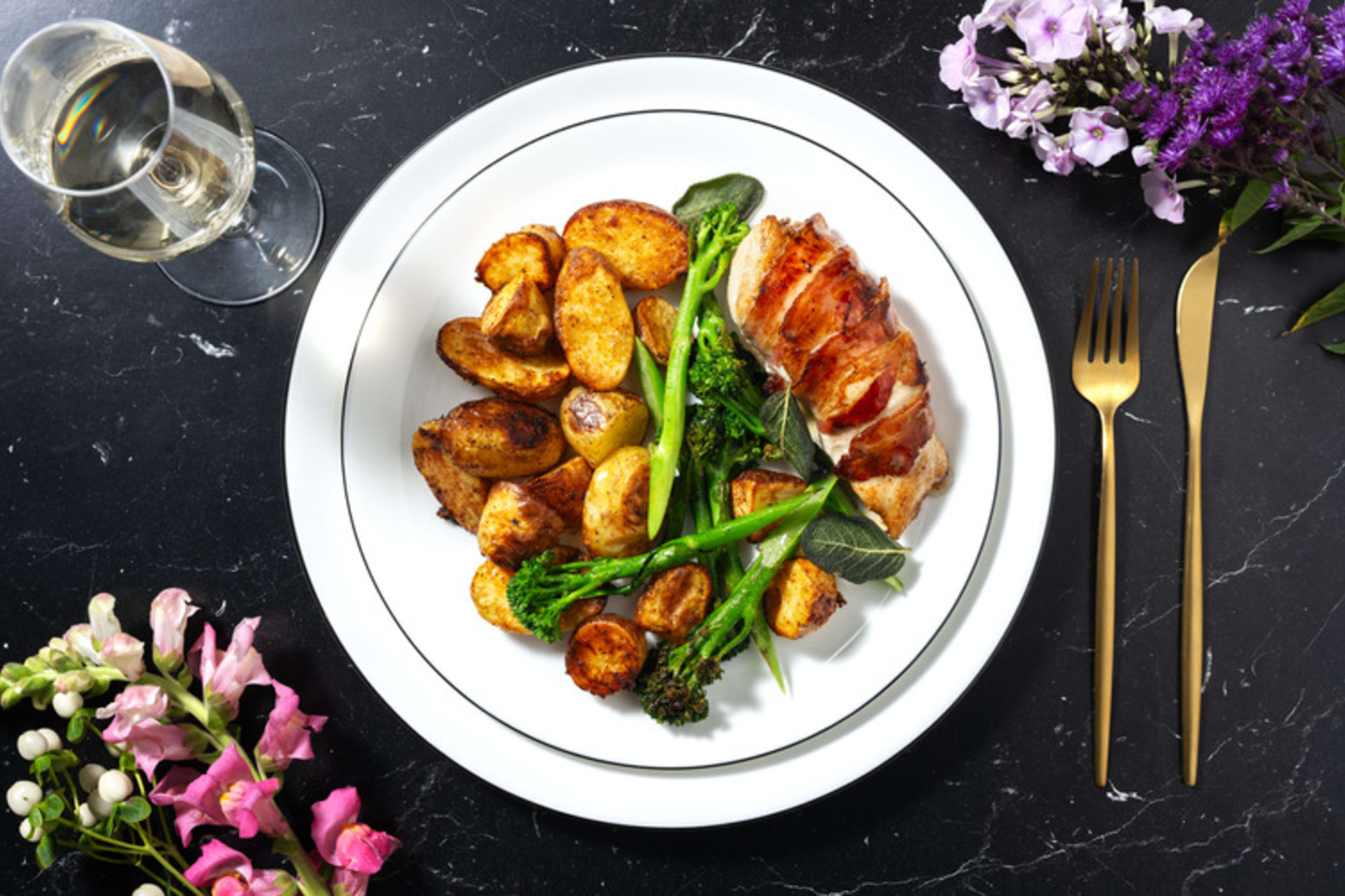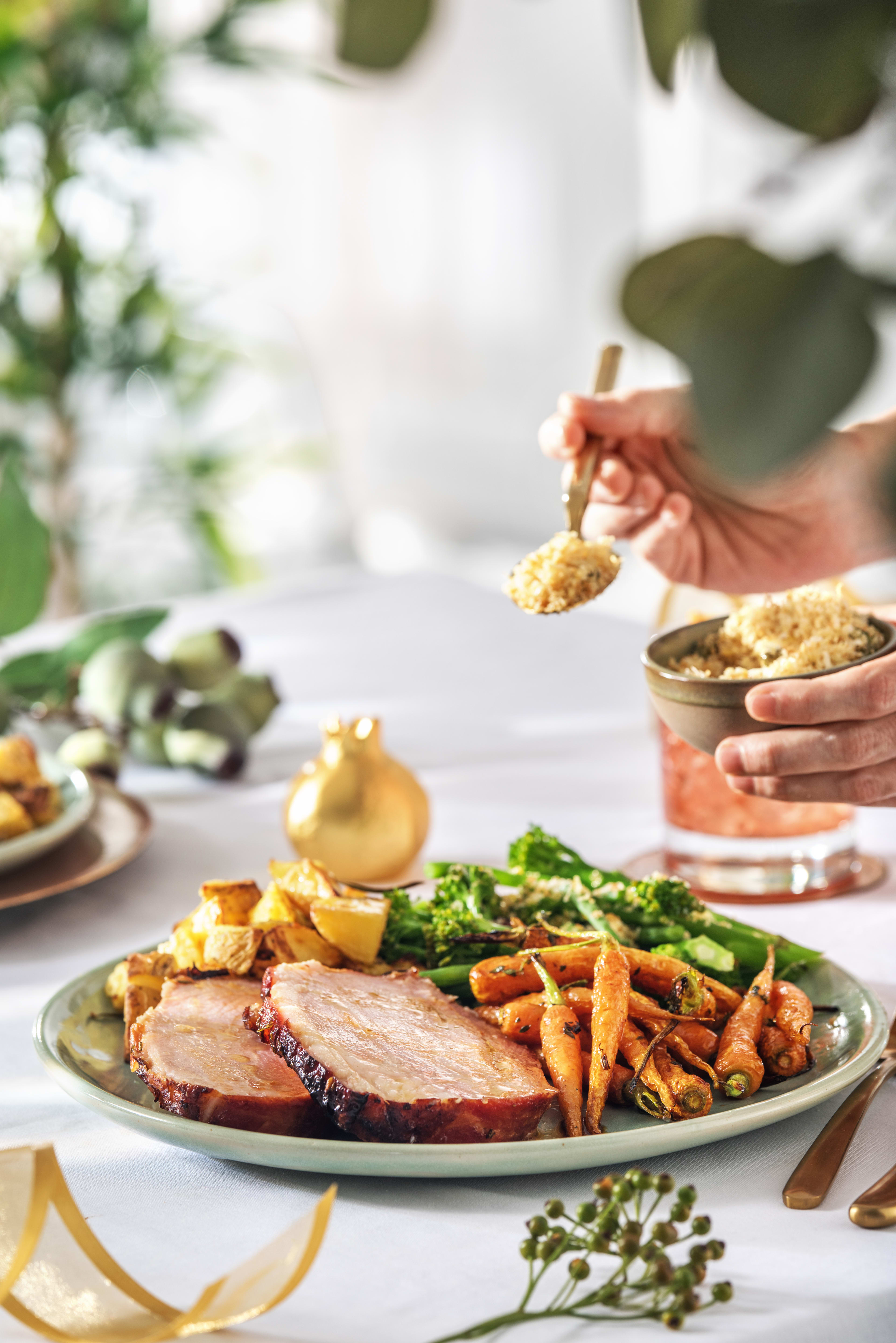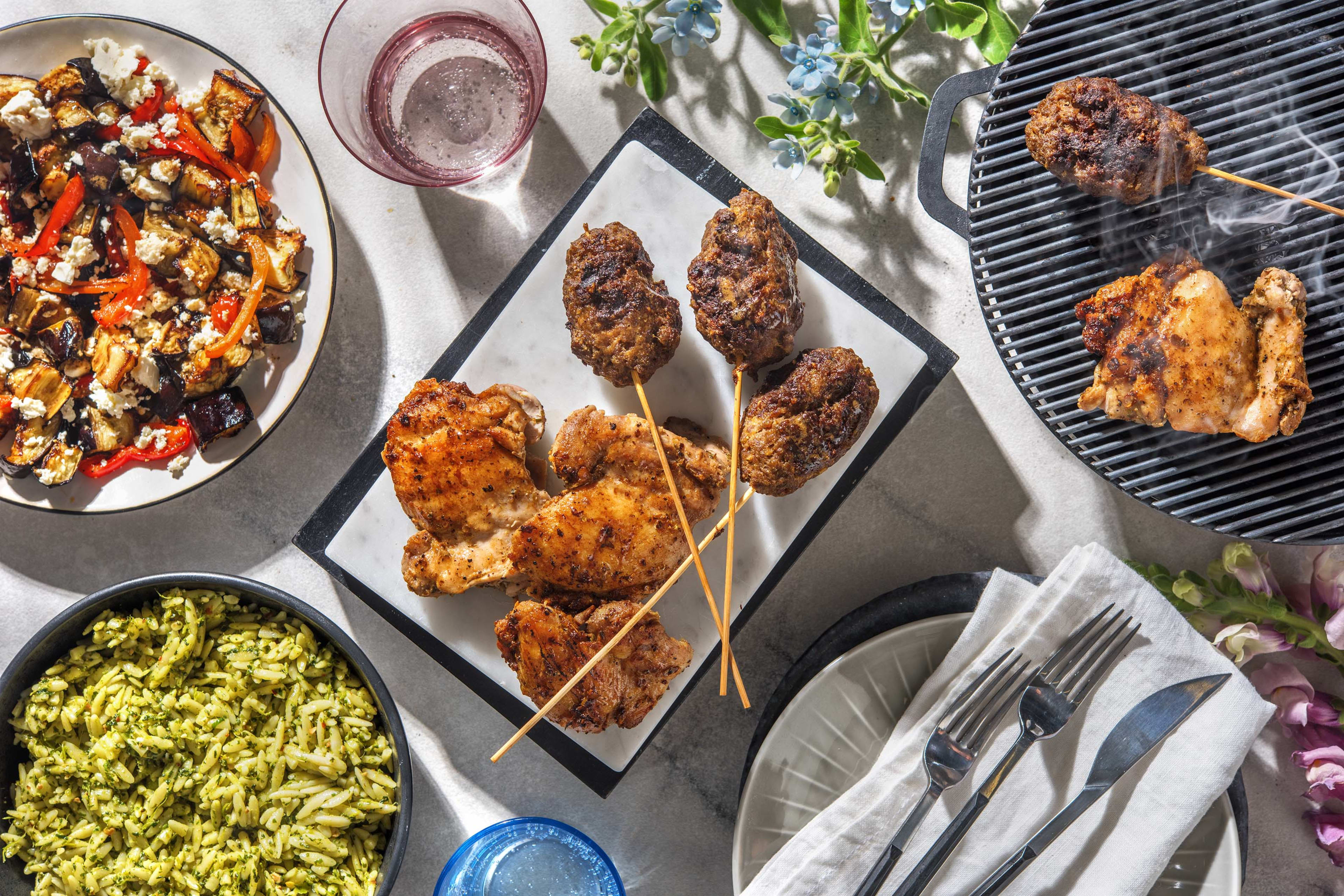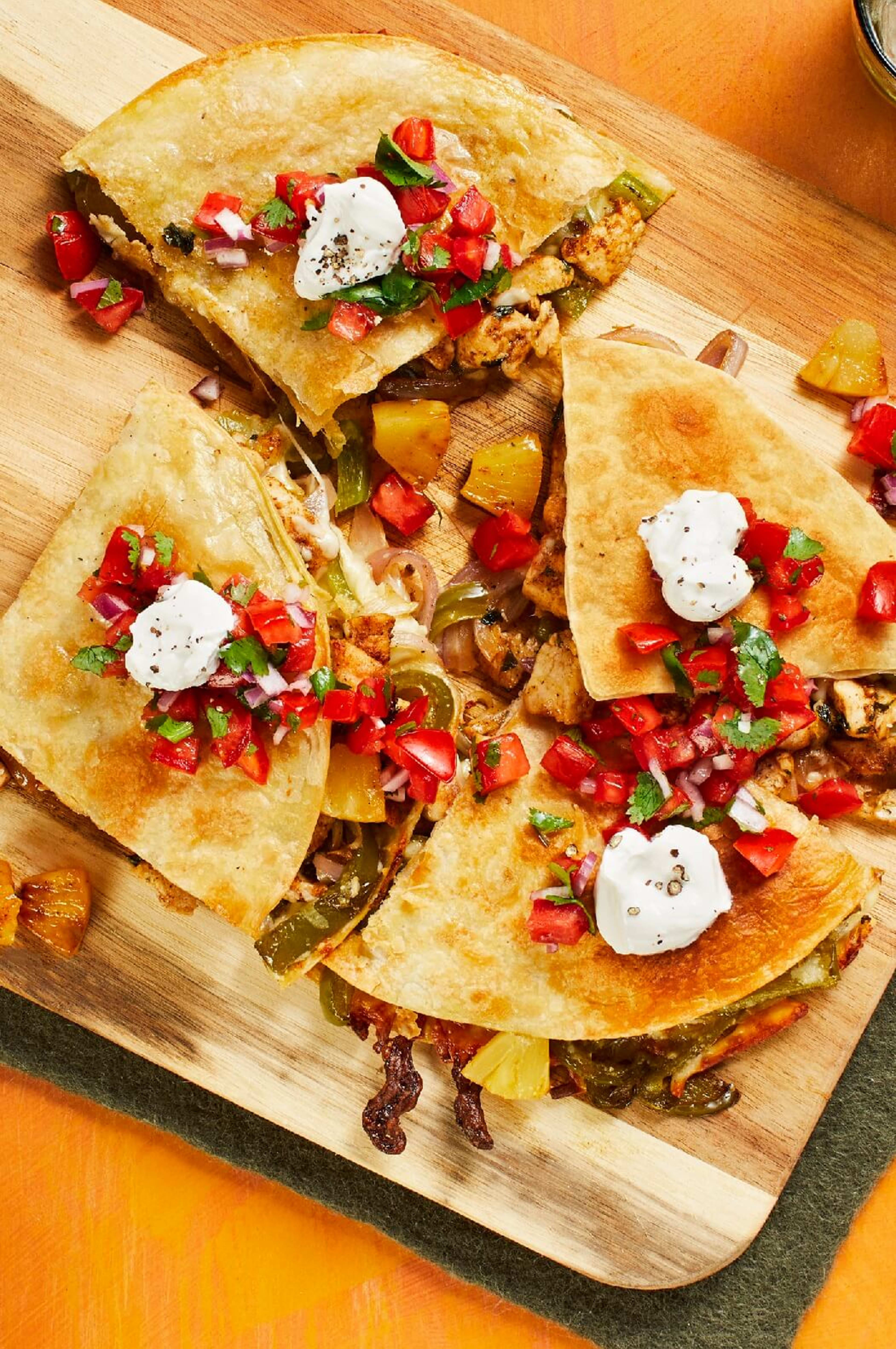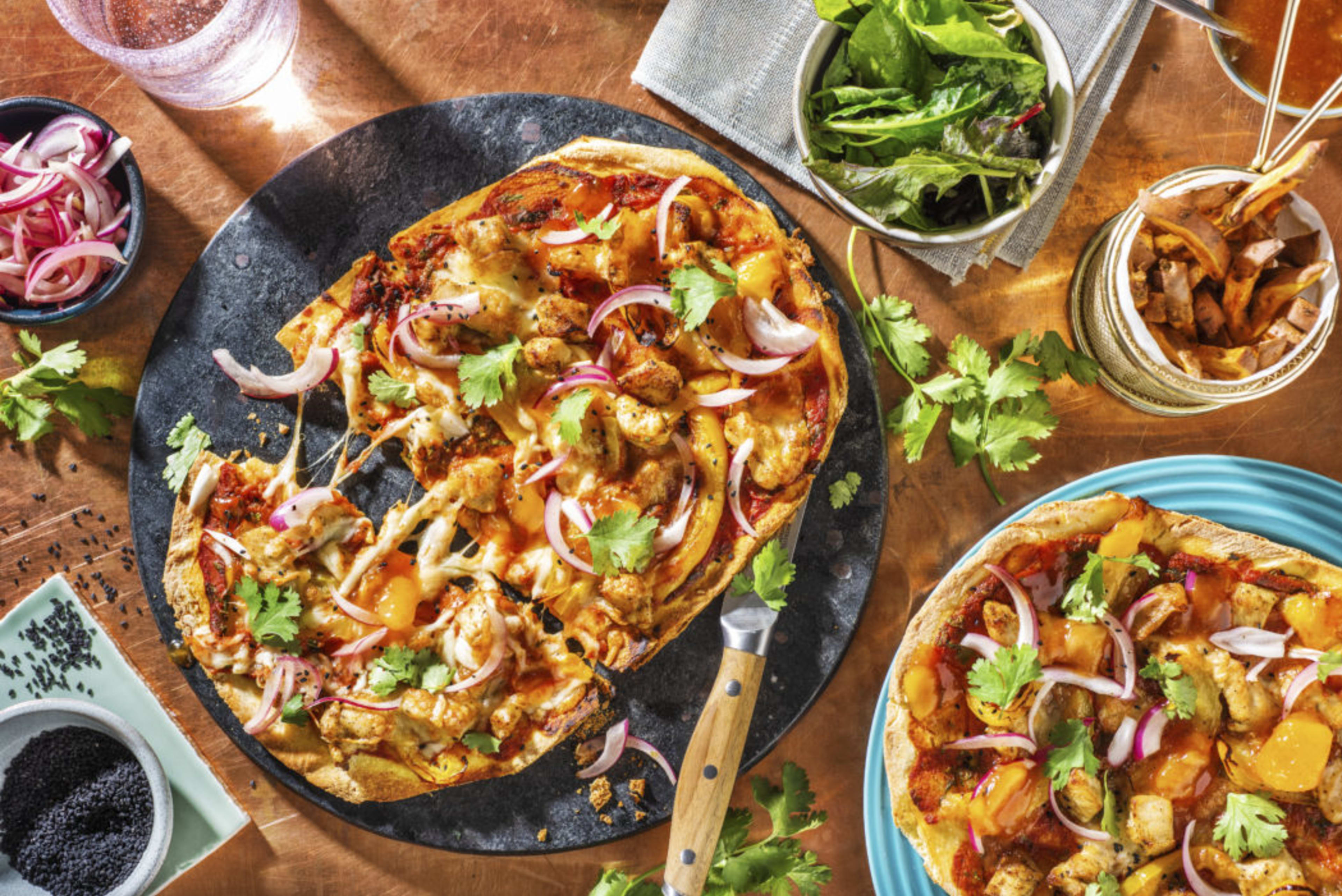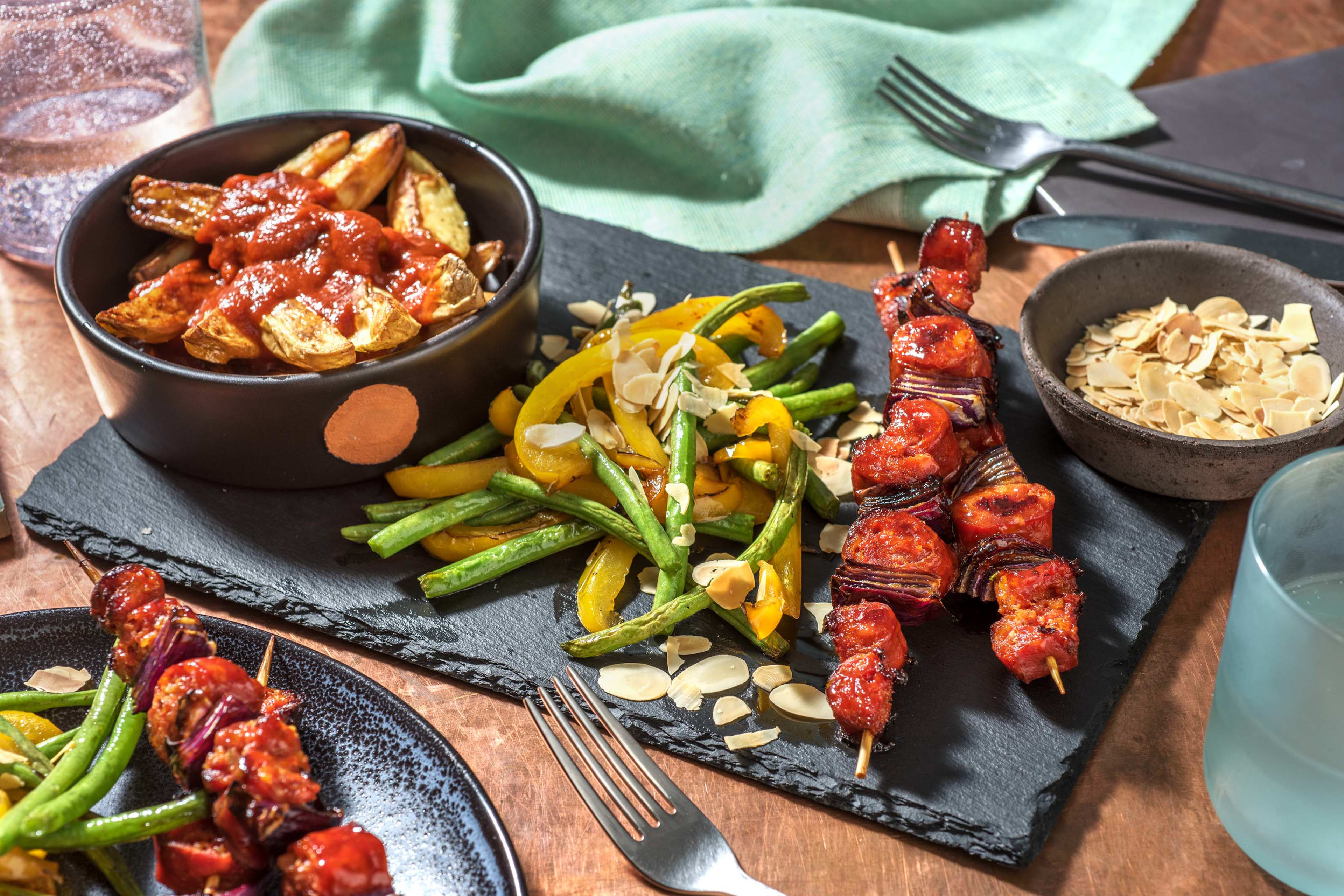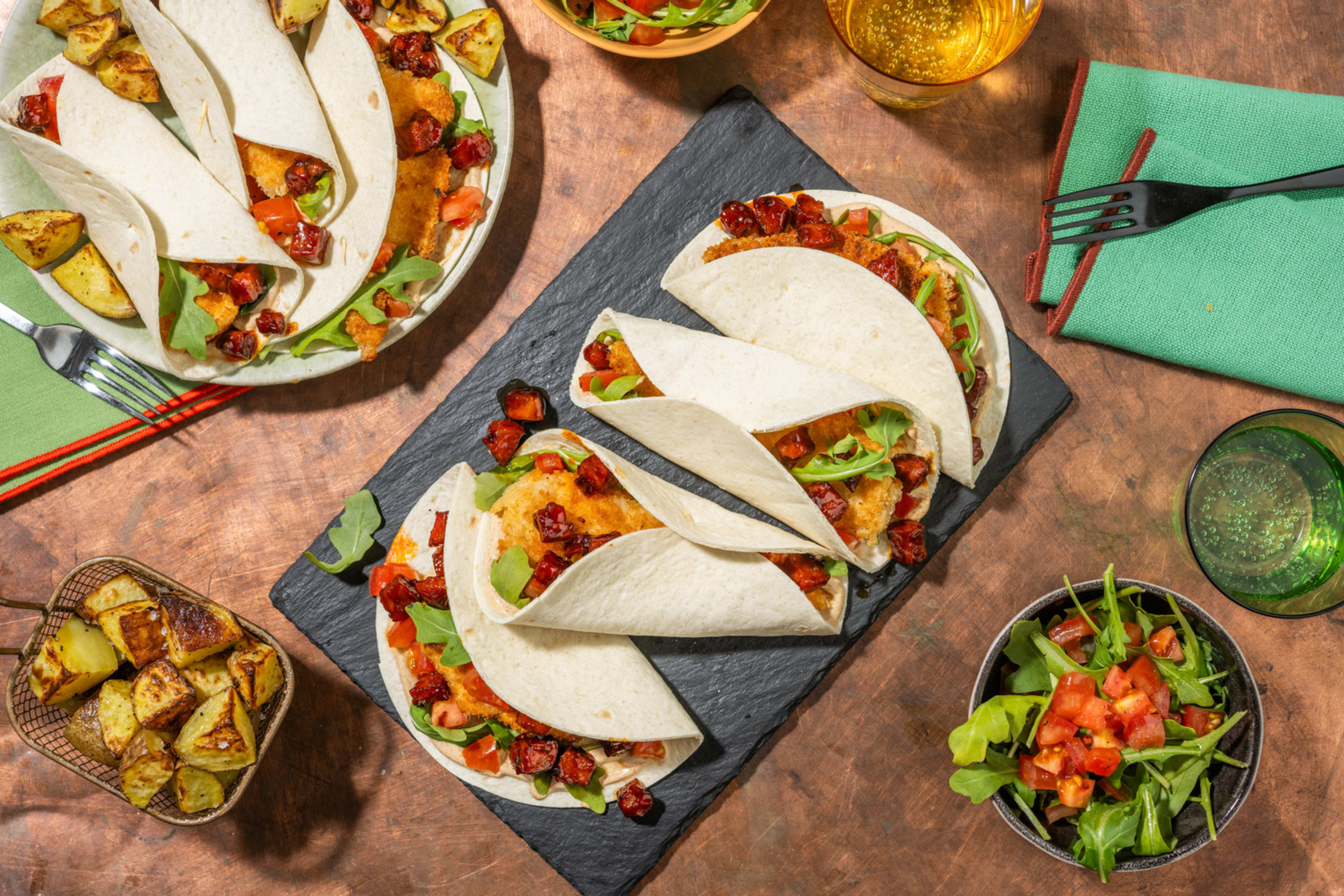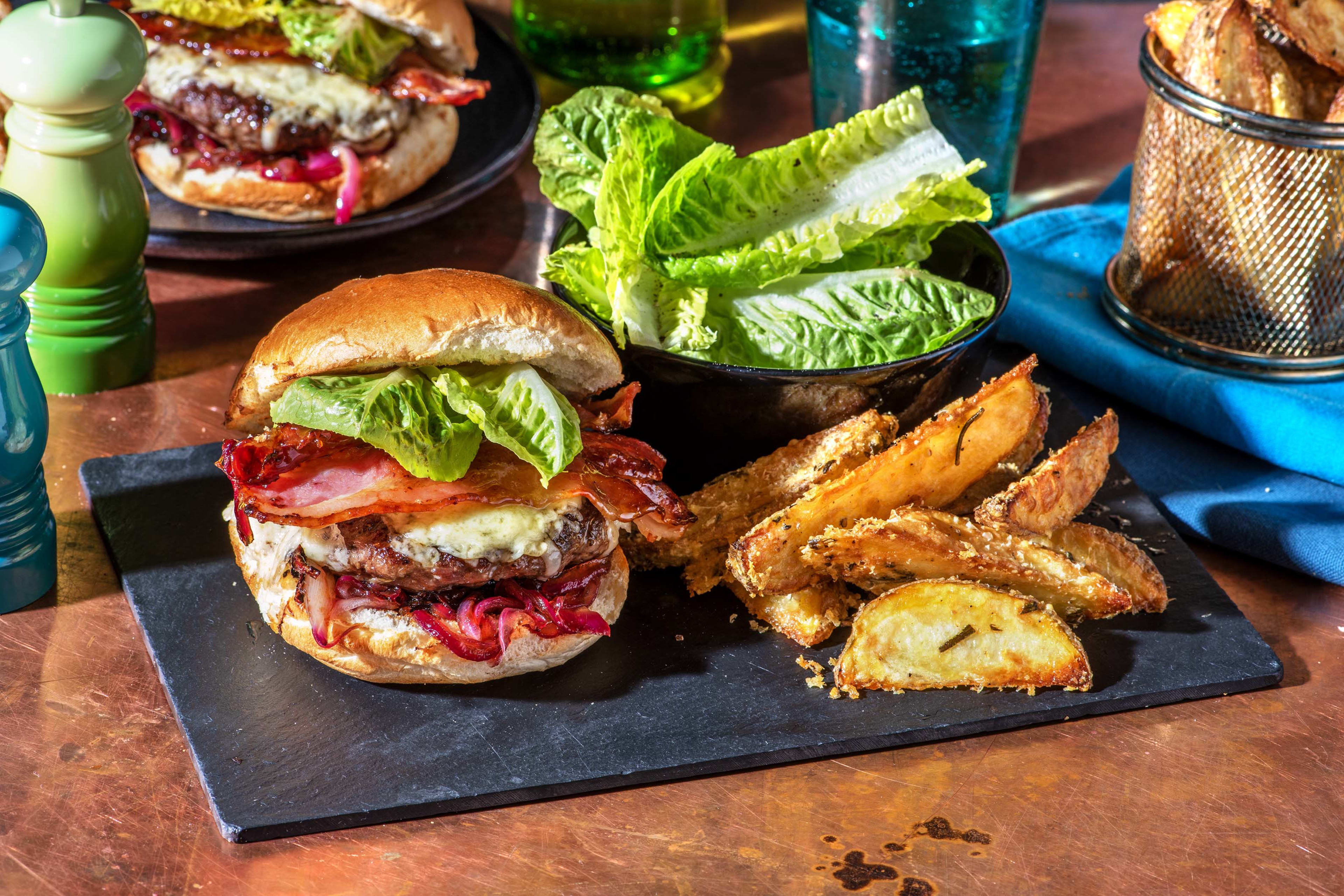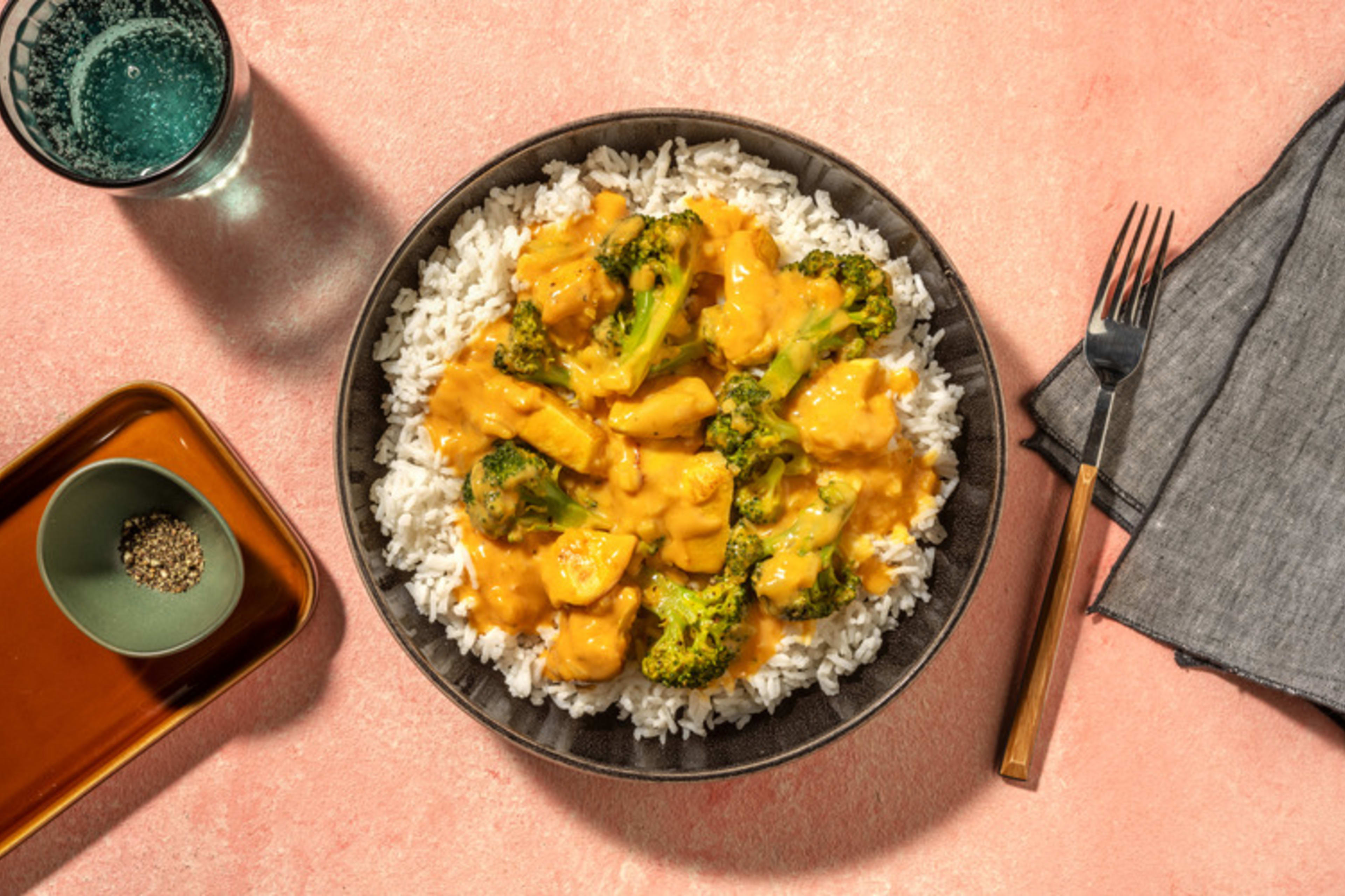Discover the Uses of Sage and Sage Recipes
From sage stuffing recipes to culinary sage spice uses, you’ll find a wealth of knowledge with HelloFresh. Read on to find out more about this delicious herb and discover whether sage herbs could benefit you.
Sage Recipes
Our collection of sage recipes covers all aspects of cooking with sage and sage seasoning. Now, you can learn more about the uses of common sage.Further Sage Recipes
Easy Sage Recipes
From how to make sage tea to simple dishes that use sage seasoning to lift them to new heights, our easy sage recipes are straightforward to follow.Further Easy Sage Recipes
Quick Sage Recipes
You don’t always have time to harvest garden sage, so these recipes will help you to use dried sage. Discover time-saving options for quick meals with little preparation.Calorie Smart Sage Recipes
When you want to limit your calorie intake but not compromise on flavour, a herb like sage can pack a punch. Find out more in our sage spice recipes and calorie smart herby meal suggestions.High-Protein Sage Recipes
If you are consuming a high-protein diet, then sage herbs can add a greater depth of flavour to your cooking. Find out how with these tasty and protein-rich meal options.Further High-Protein Sage Recipes
Sage Recipes with Chicken
Chicken and sage herbs go together very well, so browse some of the many chicken-based recipes here to discover just how many ways you can use sage seasoning to the best effect.Further Sage Recipes with Chicken

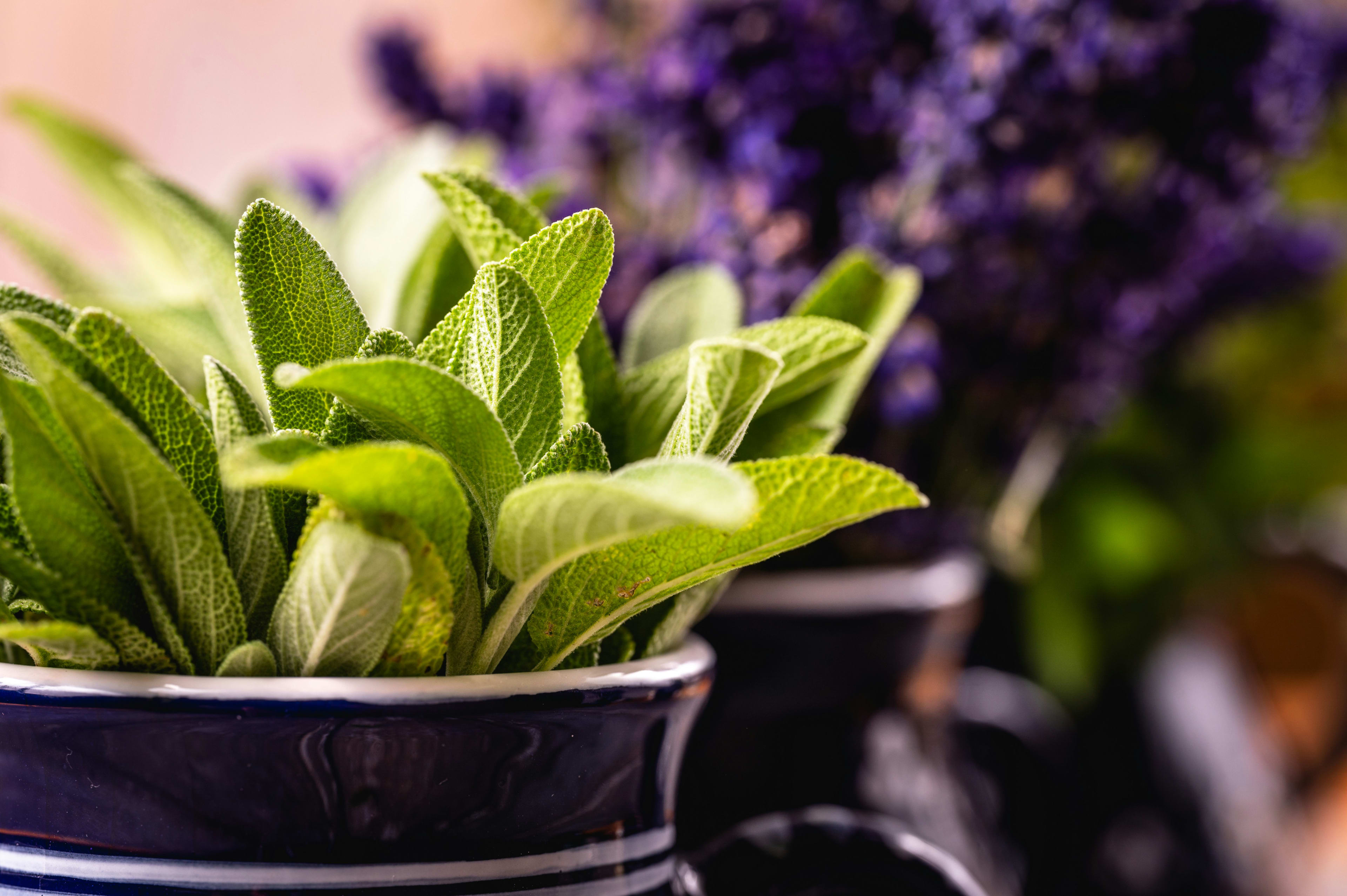
Sage Recipe FAQs
What is sage good for cooking?
Sage is often used for stuffing and for sausagemeat. Many people use it sparingly and only for poultry dishes, especially roast chicken, but it can be used in stews and casseroles to great effect.
What does sage taste like?
Sage is very distinctive, even compared to other herbs. It has a peppery taste that is also earthy and woody. You’ll also detect minty and citrus-like undertones in it.
What food goes well with sage?
Sage is a strong flavour that beds in well with fatty meats, such as mutton, duck or chicken. It is also great with pasta or gnocchi and frequently used in Italian cuisine.
Is sage better raw or cooked?
Sage can be eaten raw, but its texture and strident flavour lend it towards being cooked. Most cooks agree that cooked sage is preferable.
How to prepare sage for cooking?
Pick a stem or two from a sage plant, or remove your fresh sage from its packaging. You won’t want to eat the stems, so pick the leaves off, rinse them in clean water, and then allow them to dry fully before cooking.
Recipes by Preferences and Dietary Lifestyle
+5

Get excited every evening!
+5



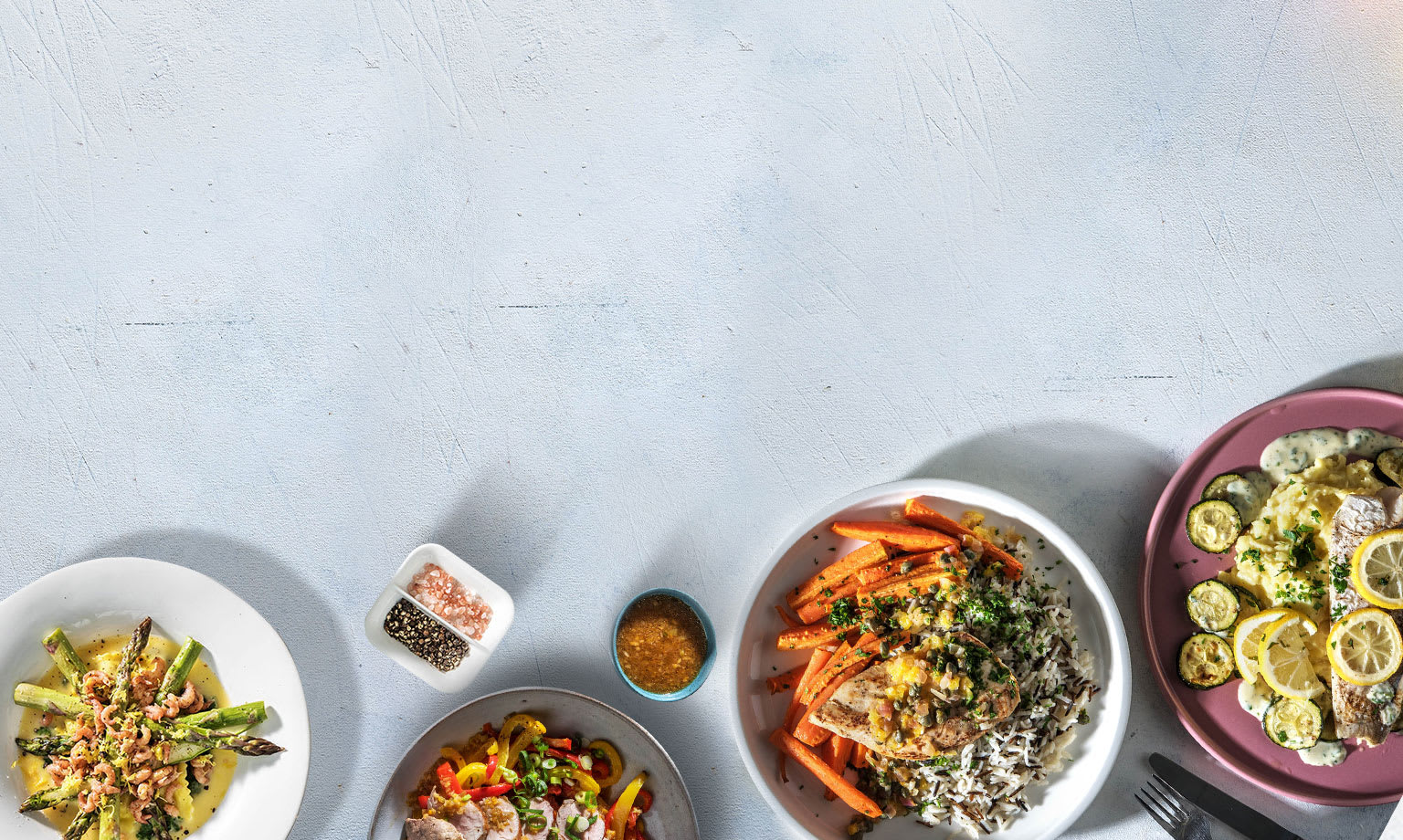
Recipes you'll love!
Get delicious recipes and all ingredients fresh on your doorstep every week!
